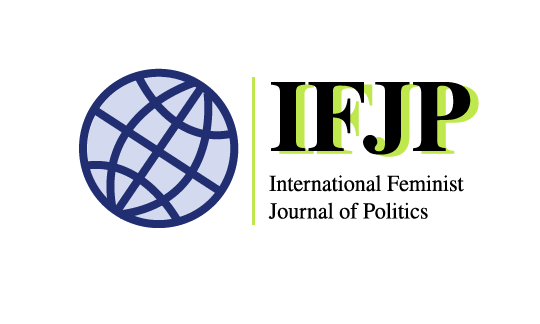Who was Margaret van Kleffens and why should we care? On gender blindness in diplomatic history
by
If you are interested in the role of women or gender in international relations, you should have no trouble finding a recent book on the topic. But what if your interest is simply the history of international relations? Pick up a recent account of the Cold War or the biography of a famous diplomat and chances are you will not find a single reference to the role of gender.
In spite of much evidence to the contrary, many diplomatic historians still seem to believe that if they are dealing with the political history of international relations, gender is irrelevant. True, many feminist scholars focus on women’s historical exclusion from politics (and their fight for inclusion), which – viewed superficially – might seem like support for that stance. If the political arena excluded women, there are simply no women to consider when writing political history, right?
Wrong. The historical reality is much more complex. Through time, women have wielded political influence in many different ways, in official as well as unofficial capacities. In my recent IFJP article “Off the record”,
I argue for the need to incorporate gender in mainstream diplomatic history and for historicizing gender in feminist IR so as to avoid the impression of women’s historical absence from politics.
To illustrate how gender blindness impairs our understanding of the history of international relations, I use the story of Margaret van Kleffens and Dutch World War II diplomacy.
Margaret van Kleffens was the wife of Dutch wartime Foreign Minister Eelco van Kleffens. She joined him in exile in London during the German occupation of the Netherlands (1940–1945). Her diary notes show how she contributed to her husband’s diplomatic work on a daily basis. She helped him to maintain and extend his diplomatic network and to build diplomatic trust and goodwill, hosting countless lunches, dinners, tea parties and weekend visits. She represented the Netherlands at social events, sometimes as her husband’s substitute when he was unable to attend. She served as his secretary and assisted him in all kinds of practical and political matters: she helped him write a propaganda book and she subtly tried to influence Winston Churchill’s policy towards the Netherlands through his wife Clementine.
It is hard to overstate Margaret’s importance as her husband’s co-worker. Nevertheless, while historians describe Eelco van Kleffens’s personal influence on Dutch foreign policy as unrivalled, her contribution is invisible in Dutch historiography. Most diplomatic historians have not bothered to mention her at all, and the few who do say something about her do not select any of the facts that testify to her political importance and her role as a diplomatic actor. Instead, and in spite of their proclaimed political focus, they choose facts that emphasize non-political, cultural and personal matters: her health problems, childlessness, the fact that she was (half) American.
This selection of facts testifies to unfamiliarity with scholarship on historical gender roles. Plenty of research on the cooperation of couples and diplomats’ wives suggests that Margaret acted in accordance with what was expected of someone in her position at the time. Nevertheless, the authors seem to have assumed that Margaret’s role was strictly private. The facts they present also testify to a lack of awareness of their own susceptibility to prevailing gender norms. Their emphasis on cultural and biological factors is entirely in line with twentieth century gendered rhetoric. War rhetoric in particular depicted women as responsible for reproducing the nation biologically and culturally, while depicting men as responsible for governing and protecting the nation.
Most historians would probably agree that if we want to explain international relations and politics in the past, we must read sources in their historical context, taking into account contemporary norms and beliefs. That context must include gender norms. The story of Margaret van Kleffens shows that otherwise, we will miss not only the stories of individual women but also important aspects of how diplomacy worked.
Far from all diplomatic historians are gender blind. There is a lot of new diplomatic history research that considers gender roles. However, these studies seem to exist in a parallel universe to the studies that persist in treating governments, states, and (male) statespersons as if women and gender in international relations were irrelevant to their line of reasoning. For fruitful scholarly debates and a better understanding of diplomacy, we need to bridge the gap.
Read the full article here: Off the record: Margaret van Kleffens and the gendered history of Dutch World War II diplomacy


